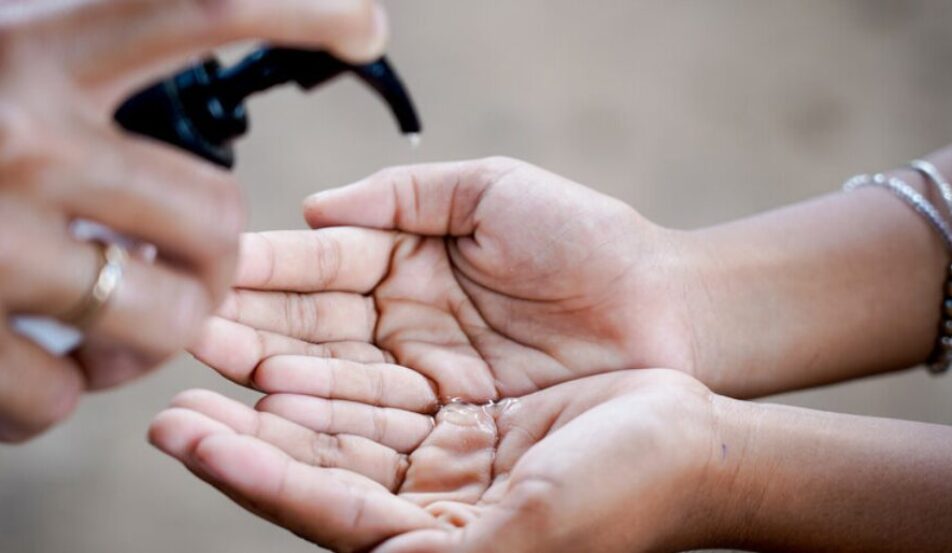A rainy arrival – difficult choices for mothers in Vietnam
Significant economic development, coupled with increased investments in education and healthcare, has greatly reduced Vietnam`s infant mortality rate. In 2017, 60 per cent fewer children under the age of one die than in 1964.
However, this progress has not been widespread. Mothers and newborn children from ethnic minority communities living in remote areas are still at risk, due to difficulties in accessing proper medical care, and low levels of education on maternal and child health.
For mother Sinh, giving birth to her third child was even more frightening than her previous labours.
“I was scared to death when I knew that My was about to be born,” she explains. “We could not get to the nearest health centre as the rains were so heavy, and the muddy roads were too slippery to even walk on.”
For Sinh and her neighbours in Ngan Son District in Vietnam`s Bac Kan Province, the nearest health centre is a two hour walk away. This is mountainous country and landslides are common when it rains, making it impossible for vehicles or even motorcycles to access Sinh`s village. The only way in and out is on foot.
“I delivered my two older girls at the district hospital as the local nurse advised me that it would be difficult for me to deliver a baby due to my bone structure. Doctors at the district hospital have good skills and equipment.”
When she started having labour pains due to her third child, the weather ruled out any chance of Sinh travelling to a clinic or hospital. While she was anxious at the thought of giving birth with only the help of her mother-in-law, Sinh had no other options.
“I had been in pain since the night before, but needed to wait until the sun came out to get on the road. Unfortunately, it did not stop raining and more and more water poured down.
“Normally, it would take two hours to walk to the nearest commune centre where I can visit a healthcare station but during the raining days it`s impossible to walk as the path is so slippery and there is a risk of landslides.”
Fortunately, her mother-in-law had some experience, and boiled a large pot of water to sanitise the towels, as well as the bamboo knife which would be used to cut the umbilical cord of the baby. Sinh`s new daughter, My, arrived to say hello to her mother and grandmother just before sunset.
“I was in severe pain and the blood did not stop until a few days later. I don`t know if it is because of the way she was delivered, but My often gets sick. Twice since her birth I have had to take her to the hospital for treatment,” Sinh says.
To help mothers like Sinh, ChildFund has recently implemented a project aiming at training midwives and nurses from villages and health centres, who have the skills need to support pregnant women when it isn`t possible for them to get to a clinic or hospital.
Mothers and other caregivers are also benefiting from training programs which provide them with essential skills, enabling them to take care of themselves and their children before, during and after their pregnancy.
In addition, ChildFund is working to ensure that health workers in remote clinics have up-to-date knowledge in maternal and child health. In Ngan Son District, 35 nurses and midwives will receive training from experienced doctors from Vietnam`s national hospitals, who will provide technical guidance and assist with case monitoring.
Chung, ChildFund`s health project officer in Bac Kan says: “There are always risks associated with childbirth, no matter where you live. These risks are even greater if women have no access to proper medical care.
“We want to give women and children like Sinh and her daughters the best chance in life, and reduce the fears that so many women face when it comes time to give birth to their children.”






